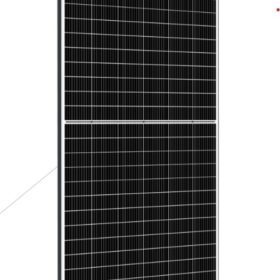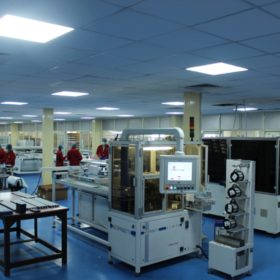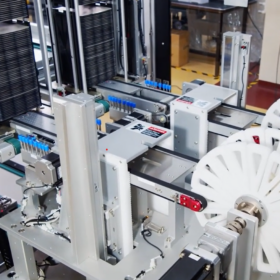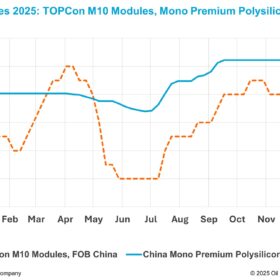Rayzon unveils 530W-540W bifacial modules
India’s Rayzon Solar has launched L’LIOS series of bifacial PV modules based on mono PERC half-cell technology and a 10-busbar design. The panels provide power outputs ranging from 530W to 540W, with a power conversion efficiency of up to 20.98%. Rear-side provides an additional gain of up to 20%.
There’s big money in recycling materials from solar panels
Recycling solar panels keeps them out of landfills, but also provides much-needed raw materials with Rystad Energy projecting a value approaching $80 billion by 2050.
Novel method to turn existing solar parks into agrivoltaic facilities
An international research team has developed a new methodology to increase levels of pollination at ground-mounted solar plants. It involves the development of new vegetated land cover below and around solar parks.
SunEdison brings Arka’s integrated solar roofs to Indian homes
SunEdison has partnered with Silicon Valley based startup Arka Energy to provide the Arka collection of solar roof and gazebo solutions in India. The collection is available in one hundred cities across the nation.
Ola to open battery cell R&D center next month
The electric mobility company will open its battery innovation center (BIC) in Bengaluru next month as it looks to build indigenous cell technology and manufacture Li-ion cells in India at scale.
Former ReneSola chief now Pennar Industries’ solar modules business head
Hyderabad-headquartered Pennar Industries has appointed ReneSola’s former India head, Pradeep Sangwan, to lead its solar modules business. In his most recent role, Sangwan was the country head for Econess Energy—a China-based PV cells and modules manufacturer.
Solar power costs continued to fall in 2021, despite rising panel prices
The average global price of solar kilowatt-hours fell 13% on 2020’s prices, as around two-thirds of the renewables capacity installed last year was cheaper than the lowest-cost fossil fuel alternative.
Study confirms rule of thumb that PV inverters should run without faults for around 15 years
A new study by Bern University of Applied Sciences shows that the performance of most PV inverters and power optimizers remains optimal for up to 15 years. The inverters considered came mainly from the manufacturers Fronius, Sputnik, and SMA and most of the power optimizers examined came from Solaredge.
Shipping costs remain key challenge for solar sector
The solar industry will face elevated shipping costs and supply disruptions for at least another year until the global ocean freight system starts to normalize.
Gautam Solar hits 100 MW of DCR solar module sales
The Delhi-based solar manufacturer has supplied 100 MW of modules to projects set up under the Ministry of New and Renewable Energy schemes mandating domestic content requirement (DCR).















